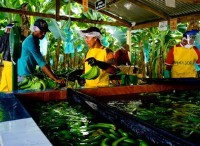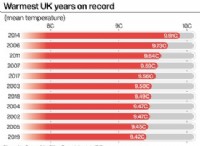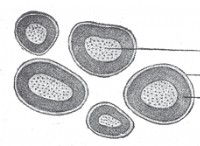1. Real Estate Investment and Speculation: Miami has experienced a significant influx of real estate investment and speculation, particularly in waterfront and coastal areas. 이러한 추세는 도시의 경제 성장, 관광 산업 성장 및 국내 및 국제 투자자 모두에게 바람직한 위치로 명성을 포함한 다양한 요인에 의해 주도됩니다. Rising property values and increasing demand for real estate can lead to displacement and gentrification of existing communities.
2. Tourism-Driven Growth: Miami's economy heavily relies on tourism, and its status as a popular tourist destination has contributed to the city's gentrification process. 특정 지역의 고급 리조트, 호텔 및 기타 관광 인프라의 개발은 부유 한 개인과 개발자를 끌어들일 수 있으며, 이로 인해 부동산 가치가 높아지고 저소득층 주민의 변위로 이어질 수 있습니다.
3. City Development Policies: The city's development policies and zoning regulations can influence gentrification. 예를 들어, 고밀도 주택 및 혼합 사용 개발을 허용하는 구역 변경은 더 부유 한 거주자를 유치하고 이전에 저렴한 지역에서 부동산 가치를 증가시킬 수 있습니다.
4. Limited Affordable Housing: Miami faces a shortage of affordable housing, a significant challenge for low-income communities. The increasing cost of housing, driven by factors like high demand and limited supply, exacerbates gentrification and displacement.
경제적, 사회적, 역사적 요인의 조합에 의해 영향을받는 다면적 현상으로 젠트리 화를 이해하는 것이 중요합니다. 기후 변화와 해수면 상승에 대한 우려는 마이애미 부동산 시장의 일부 측면을 형성하는 데 중요한 역할을 할 수 있지만, 도시의 유일하거나 주요 동인은 아닙니다.







